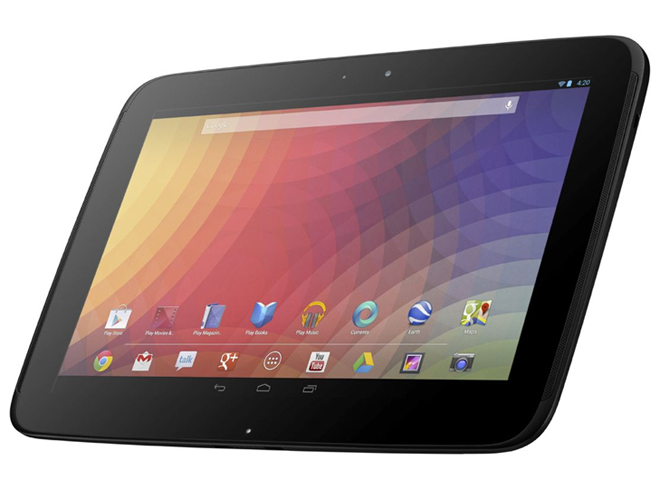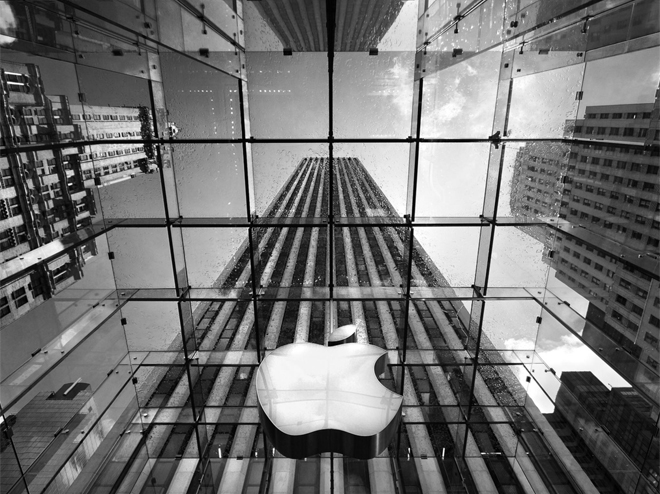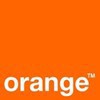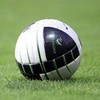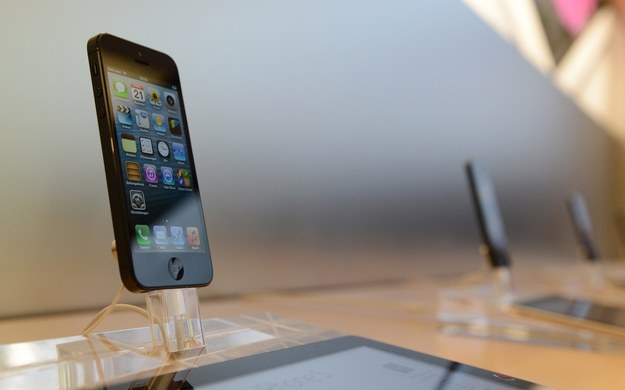premiere of the latest tablet with the Google Nexus family, which took place a few days ago did not meet with very strong response in the photographic medium. Nothing indeed surprising, since the tablet for the photographer is still regarded more as a curiosity or, at best, as an indirect accessory. It is worth to take a look at what the new device can offer us. There was no tablet Nexus series are reference designs for the Android operating system and is, to a large extent the development trends of the devices under the sign of the green droid.
First, a few words by way of introduction on what is presented two days before Google. A presented the latest installment of his siedmiocalowego Nexus tablet, a new version of Android (numbered 4.3 and codenamed unchanged, the Jelly Bean), and a little something called Chromecast, which is shaped USB flash drive is connected to a TV or monitor via HDMI and which can be controlled wirelessly from a PC, smartphone or tablet remotely displaying on the screen such as YouTube videos, pictures and other content. Already at this point, some of you will probably see this as a possible use of photography and they are right.
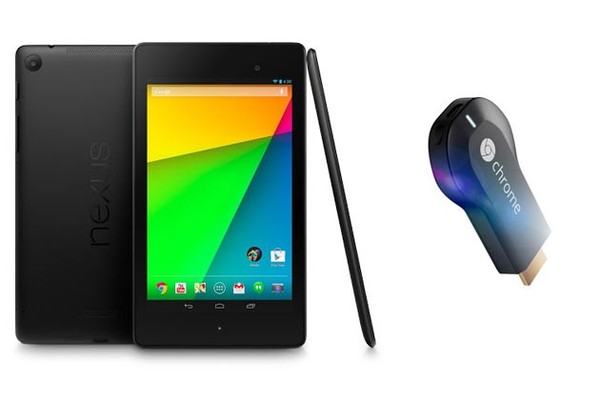 |
class=”c28″> New Google Nexus 7 with the addition of Chromecast |
most important, however, is the same tablet that in the new version has a smaller thickness and weight, stereo speakers, a better screen, processor, more memory, new camera, and (in a version with a built-in GSM module) 4G LTE modem. Some of these functions has no special meaning for photographers, while others did. Certainly belong to the latter group more memory (2 GB) and a stronger processing unit (Quad Snapdragon S4 Pro) so that processing and displaying images is quick and easy – even for images with very high resolution and RAW files.
most substantial amendment, however the screen. Seven-inch display with IPS technology offers impressive WUXGA, which is 1920 × 1200 pixels (16:10). Yes, I made a mistake quoting specifications – upchni?to are over 320 image points per inch, so the parameters obtained high-quality prints. Only that is not on photo paper, but on a glowing screen. The tablet itself will be available soon (although it officially only in selected countries) in three versions: with 16 GB of internal memory ($ 229), 32 GB of internal memory ($ 269) and finally with 32 GB of internal memory and 4G LTE modem ($ 349). Many photographers fascinating to mobile technologies (to which I include) the place has classified this tablet as a device really attractive to photographers. But this is so? Here, I’ve got some questions – I’ll try to give them as a list of the pros and cons of this reference (and thus to some extent standard) model.
class=”c31″> Advertising />
for
Size – for many people the seven-inch tablet may seem too small, but for a photographer it is actually the perfect size because it allows you to take it with you everywhere and wear even in your pocket (if the pocket allows). The tablet has a dziesi?ciocalowym screen so you can not. Diagonal seven inches (about 18 cm) gives you more freedom, although not so impressive can use the tablet as an e-portfolio. However, for all other uses photographic (http://www.swiatobrazu.pl/jaki-tablet-dla-fotografa-30069.html) such equipment is simply better.
Performance – if you want to comfortably edit photos with a digital camera with a tablet, then there are no doubt more memory and more power to work more convenient.
Resolution – but for many people, the screen resolution of 300 dpi or more is an exaggeration, it is a photographer with such a display can only rejoice. You will now be able to watch made by myself and other images in full screen mode with an unknown so far the detail. It also helps with editing.
Battery Life – tablet use in the field and wherever we do not have a computer handy or do not want him to sit down. Whatever the reason, long battery life is essential.
Extensive communications – new Nexus (especially in its most advanced) offers the most opportunities for wireless communication. This applies to both the Wi-Fi, Bluetooth, and cellular module. And for each photographer finds good use.
Built rear camera with a resolution of 5 megapixels – Although the tablet images will not do that because of this we have a camera, but a good digital camera built into the device has its advantages. First of all, it is suitable to perform high-speed images of a documentary and illustrative sketches. Secondly, some programs act as assistants use the photo embedded in the tablet or smartphone for many different purposes (such as advanced meter or rangefinder). Generally, it is always better to have a camera on your tablet, than to not have it.
Against
limited amount of built-in memory storage – two more powerful versions of the new Nexus come with 32 gigabytes of built-in space for data. For a photographer it can be difficult, especially if he is not able to quickly copy them to external media (it will be about it for a moment). The 16 GB for the photographer who wants to take advantage of the tablet, both in their work and for other uses is practically useless.
No SD memory card slot – at the outset I must admit that as a fan of tablets and mobile technologies do not subscribe to the criticism of my colleagues-in-passion who criticize from top to bottom, each tablet without a microSD card slot (unless of course it has enough memory on its own raw data and applications – you have 16 GB is more than enough). Simply characteristics of the Android operating system is that with the removal and insertion of the card is more trouble than it’s worth. However, with photographers for photographers and tablet case is different. It is necessary to effortless ability to upload images to your device and not via a Wi-Fi connection, but directly. And that is best suited reader, provided that the reader is “large” SD card. Some Chinese tablets any, they have. Google Nexus does not and there is no indication that, in future, have to have it.
No USB Host-mode – , the same remark as above applies also (even more so) the lack of USB-mode He-2-Go, thus allowing you to connect to your tablet external card reader or hard drive. To do the same, and it should be noted that this connector is more versatile SD card reader, although less convenient to use. Generally, it is best if the tablet has both USB Host and card reader. Then he can perform the function of the rapid making backup copies of pictures.
So does the Google Nexus 7 in the new version of the tablet is indeed a remarkable photographer? The fact you have to have to decide themselves. In my opinion, not really, but it’s a step in the right direction.
 Researchers at the University of Tübingen have unearthed the head of Paleolithic figurines carved from mammoth tusk. It turned out to be the missing element found 80 years ago the body. Thanks to this discovery figurine sculpted by an artist of several decades one thousand years regained its shape. Paleolithic lion is now exhibited in the museum in the castle Hohentuebingen University of Tübingen.
Researchers at the University of Tübingen have unearthed the head of Paleolithic figurines carved from mammoth tusk. It turned out to be the missing element found 80 years ago the body. Thanks to this discovery figurine sculpted by an artist of several decades one thousand years regained its shape. Paleolithic lion is now exhibited in the museum in the castle Hohentuebingen University of Tübingen. ![]()

